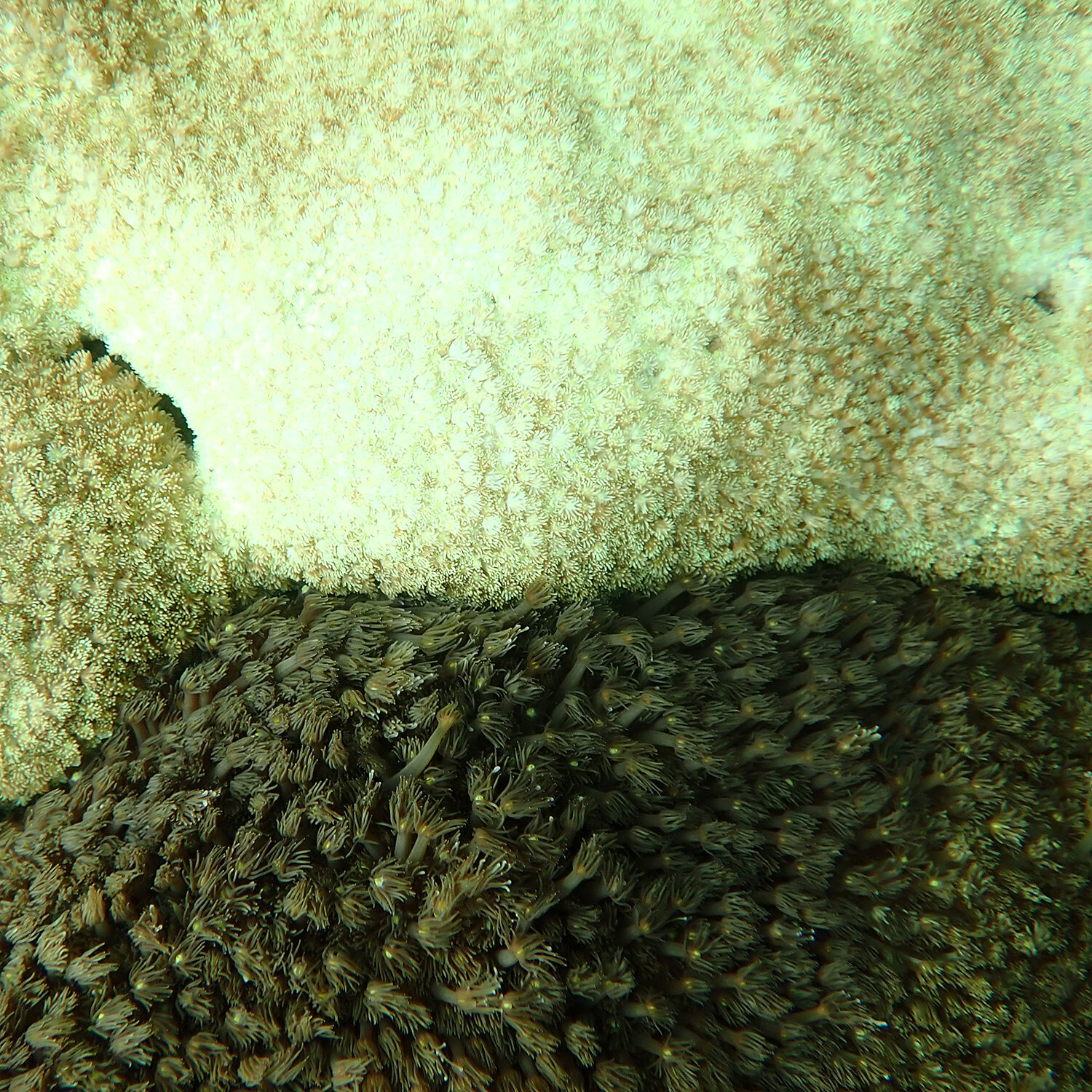Edit, 16 March 2025
New information that arose after this article was published suggested that this particular coral (first described here by Veron & Pichon, 1982) is not necessarily endemic to Norfolk Island (pers. cor. Prof. Andrew Baird). Coral taxonomy is a moveable feast, so I guess we ‘watch this space’ for more information as it becomes available.
‘Islands tend to have high levels of endemism and are therefore of particular importance when considering worldwide biodiversity preservation.’ (Threatened Species Recovery Hub)
Norfolk Island is no different. Our imaginations are captured by the plight of the endemic, endangered green parrot and its triumphant survival. And the romantic tale of the sole Norfolk Island morepork. Offically declared extinct, the morepork now numbers somewhere between 20 and 30 birds. Recently, rare snails declared extinct in the 1990s were discovered on the island. But we seldom hear about our reef life.
A reasonably common coral here is this beautiful brown, but sometimes creamy or caramel coloured fronded species called Goniopora norfolkensis.
It is a hemispheric to submassive coral, with polyps that furl and unfurl, wafting gracefully in the currents. These long shaggy polyps each have 24 tentacles at the tip surrounding a ‘distinctively coloured oral disc’. (See photograph, above right.)
Although found as far away as Western Australia, and unconfirmed in the northern Philippines, Goniopora norfolkensis is uncommon except for here on Norfolk Island in the west Pacific. Therefore, Norfolk Island’s coral reef is an important habitat for it.
If you are out snorkelling on the reef, be sure to look out for it.







